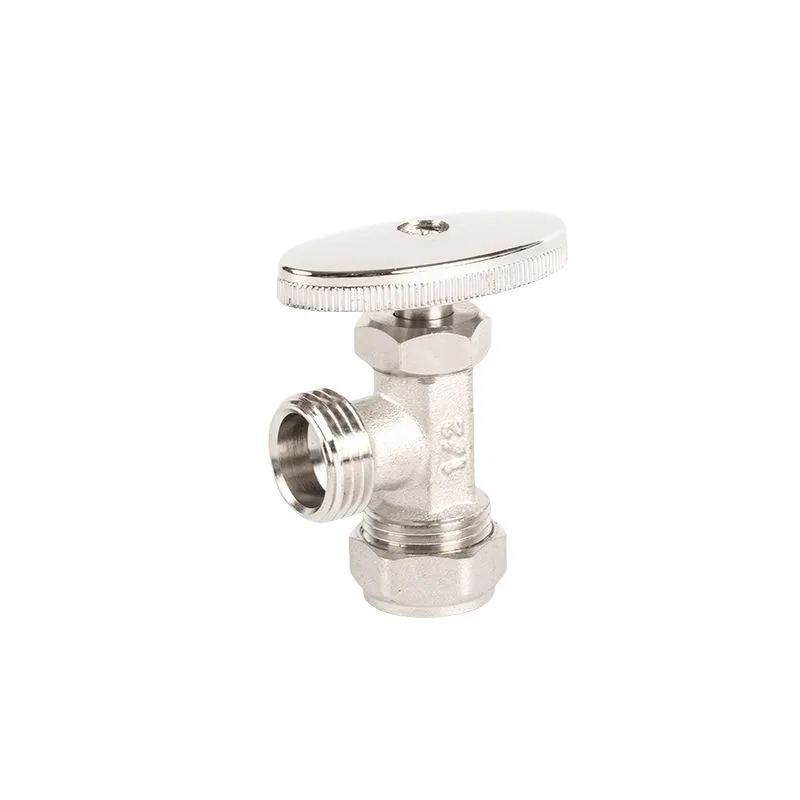Angle valves are made of many materials. Stainless steel angle valves and brass angle valves are the two better ones. They mainly differ in the following aspects:
1. Material difference
Stainless steel angle valves usually use 304 or 316 stainless steel, which has good corrosion resistance and oxidation resistance. Brass angle valves usually use H59 or H62 brass, which contains higher zinc content.
2. Appearance difference
Stainless steel angle valve has a bright appearance and good texture, and is suitable for occasions with high requirements on appearance. Brass angle valves are usually chrome plated and have a more beautiful appearance, but they may become worn or discolored after long-term use.
3. Weight difference
Stainless steel angle valves are generally heavier and give them a sturdy and durable feel. Brass angle valves are relatively lightweight and easy to install and transport.
4. Price difference
Stainless steel angle valves are relatively expensive due to high material and processing costs. Brass angle valves are relatively low-priced and cost-effective.
5. Performance difference
Stainless steel angle valves have excellent corrosion resistance, and brass angle valves also have good corrosion resistance, but corrosion may occur in some extreme environments.
6. Differences in usage scenarios
Stainless steel angle valves are suitable for industrial, commercial and household environments with poor water quality, corrosive substances or higher requirements, such as food processing plants, chemical plants, seaside residences, etc. Brass angle valves are suitable for general household water systems, heating systems, air conditioning systems, etc., which do not require high water quality.


